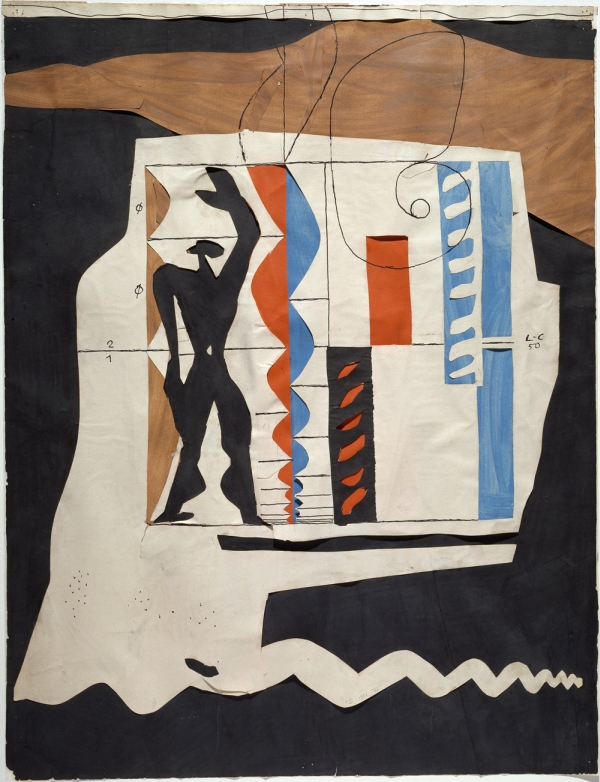Le Corbusier
The Measures of Man
Centre Pompidou, Paris, 29 April – 3 August 2015

Le Corbusier, Le Modulor, 1950 Collection Centre Pompidou, Mus├®e national dŌĆÖart moderne
┬® Centre Pompidou / Dist. RMN-GP/ Ph. Migeat ┬® FLC, ADAGP, Paris 2015
The Centre Pompidou is devoting a retrospective to the work of Charles-├ēdouard Jeanneret, aka Le Corbusier. Not only a visionary architect, urban planner and theorist of modernity, but also a painter and sculptor, Le Corbusier made a profound impression on the 20th century in dramatically changing architectural design and the way people lived in it. The Centre Pompidou invites audiences to grasp the output of this major figure in modernity through the idea of human proportions, the human body being essential as a universal principle defining all aspects of architecture and spatial composition.
The design of the Modulor (1944), the silhouette of a human body 1.83 m tall, formalised a system of proportions based on the golden section, enabling the construction of a harmony defined by human morphology. And yet the Modulor ŌĆō which established itself as a genuine normative system for numerous architects, governing the form of interiors and the proportion of buildings alike ŌĆō seems to have been interpreted as a metrical instrument, a purely abstract measurement for organising architecture according to a geometrical rationale.
